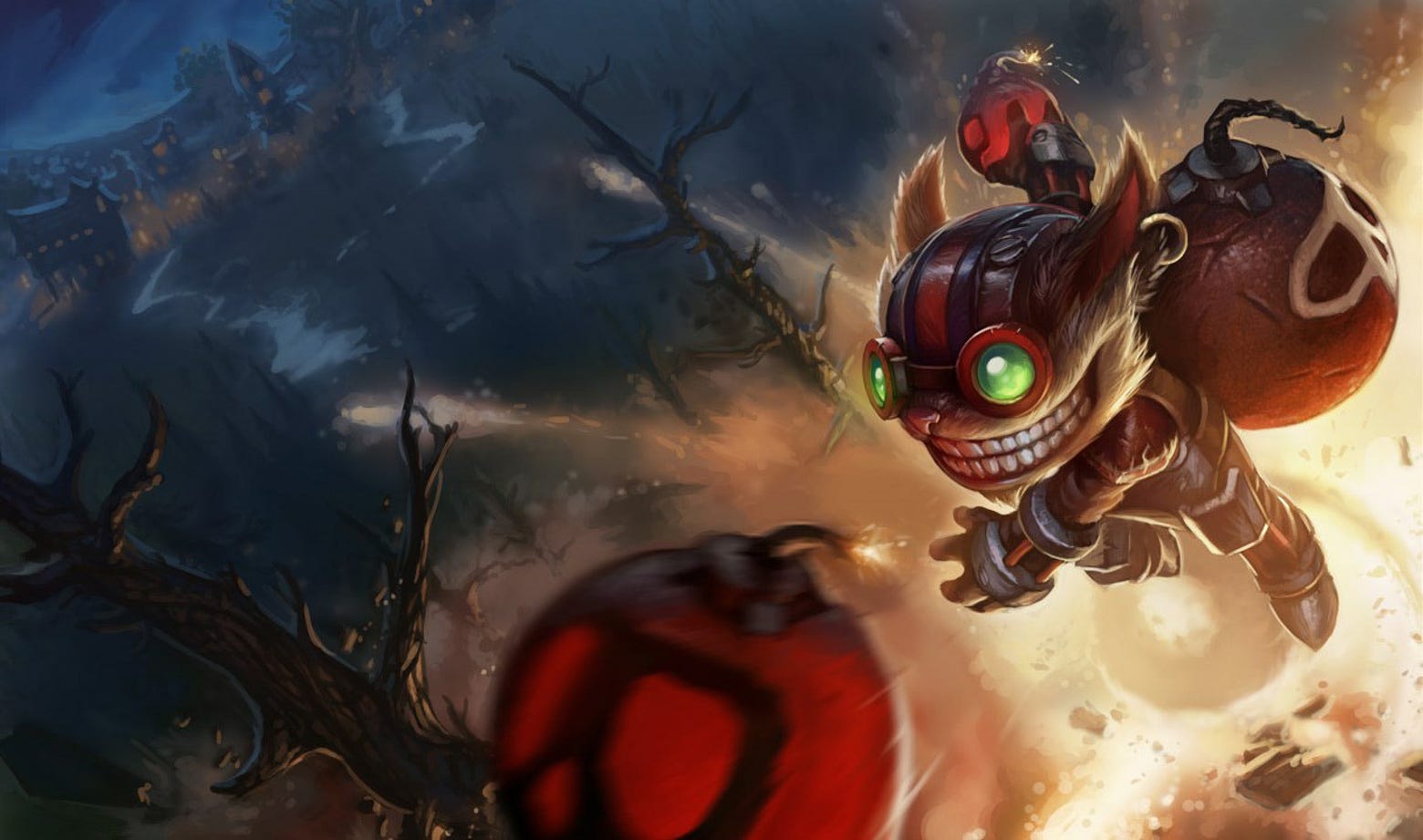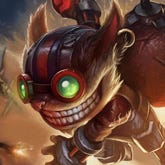Hi folks,
**Usual Disclaimers**
These posts will often talk about future work that could change substantially or get cancelled. If you'd like to see a Tweet whenever one of these posts goes up: https://twitter.com/RiotMeddler
How we assess our own work part 3: Personalization
Previous parts can be found here for Gameplay and Technology. Today we’re looking at Personalization. That means a range of non gameplay impacting content and how it’s acquired, things like skins, loot, event passes, eternals, etc. Personalization products have two main goals for us: They’re both a significant source of player satisfaction and the main way we pay our bills, funding maintenance and new development for LoL.
Looking at the revenue side first we judge success through at things like:
- What proportion of target players purchased this content? Target here meaning players we’d realistically expect could be interested in it (e.g. people who play the champion a new skin is for)
- Did this content help diversify our portfolio? It’s beneficial to have revenue come from a wide range of offerings, that way if things change with one content type (e.g. shift in player interest in skins) we’re less affected as a company.
- Did this content generate new revenue or just shift spending from one category to another? There are cases where shifting spending can still be really beneficial (e.g. if it comes with a meaningful increase in player satisfaction). All else being equal though launching something new that just moves spending around means work done for no gain.
- What was the cost to create this new content, system or feature and how does that compare to revenue generated (return on investment).
- And of course, total revenue earned
As said though revenue’s only one of our goals here. Our aim is to be successful as a business while also ensuring players who’ve bought something are really happy about it. Some things we consider to understand how we’re doing in that regard:
- What proportion of target players purchased this content? In addition to being an indicator of revenue success this is also an important measure on the player satisfaction side too. Players buy things they like and skip things they don’t.
- What do we see in surveys? What are players telling us about quality, price, ease of use etc?
- Do players use what they’ve bought? With skins for example a key consideration is whether a player consistently uses that skin. Dark Star Jhin’s a really successful case, with an extremely high usage rate amongst purchasers, suggesting players who’ve bought it are really happy with it.
- How does the content measure up to our clarity goals? Is it easy to identify a champion when they’re wearing a new skin? This is a topic we haven’t always done as well at as we’d like, more on our thinking there in the future.
- How do players feel about the theming of a piece of content? E.g. would they love to see other champions get a skin in the same style?
Preseason
We’re in the home stretch for preseason now and are focused on bugs and balance. Our most recent large change was to lower item damage, especially damage coming from unique passives and actives, as part of a goal to keep overall item power levels the same as in the current system.
We’ll be making some pre-emptive changes to specific champions in cases where we’re very confident we understand what the results of item changes will be (e.g. champs with unique interactions with crit or who are currently reliant on the mana from Sheen). For most champions though we’re going to wait and see where their exact power ends up once item builds stabilize, then adjust kits and items as needed.
Things we’ve tried in TFT that didn’t ship
Finally some things we’ve tried in the past in TFT and why they didn’t go live.
Set mechanics (e.g. Elemental Hexes or Chosen units)
- Day/Night (Galaxies)
- This was a system where each stage aligned to day, night or neutral (stage 1 = day, 2 = neutral, 3 = night etc). Celestial units were only available for purchase during the day and gained bonuses during the day. Same deal with Darkstar and night.
- Once we got into playtesting it was clear this was overly restrictive, making traits useless or must play depending on phase timing. We want set mechanics to add more variance to TFT. This did the opposite.
- Pre picked Chosen (Fates)
- In this version at game start 5 units would get picked and communicated to players. Whenever those units showed up in the shop they would always be Chosen (e.g. every Nunu was Chosen Elderwood). Chosen gave double trait bonus but no other benefits.
- As with Day/Night this was interesting on paper. It resulted in an optimization puzzle at the start of the game (which comps are good/bad) that was challenging but solvable however. That meant a lot of generally unfun mental work followed by everybody rushing the same comps. We wanted adaptability during a game, rather a clear right answer from game start, hence the move to the current Chosen model.
Next, a trait
- Imperials
- While we were developing TFT we were playtesting with a set of units and traits, most of which didn’t make it into the launch set. We call that prototyping set ‘set 0’.
- Early on in set 0 Imperials were slated to have walls they could position as a trait bonus instead of the damage bonus they ended up with. The idea was that those walls would funnel unit movement and/or tank for a period at combat start.
- We were still determining how TFT units moved in general at the time however. We weren’t confident adding things that messed that much with movement was the right call as a result, since we didn’t have a solid foundation yet (this was early enough that TFT was still using squares instead of Hexes!)
- Might go back to this someday, Azir in Fates suggests there’s promise in these sorts of effects!
Finally, champ abilities
- Mind Control
- This felt really bullshit, even for a 5 cost ability (e.g. your carry flips around and murders your team). Potential power was extremely high, even at short durations, given chance to steal a spell cast.
- Unclear if we can capture what’s cool about mind control while sufficiently constraining unfair cases (e.g. mind controlled units can’t cast). Mind control’s also not a really strong fit thematically with any current LoL Champions either. As a result of those factors we moved on to other challenges.
- Bard ult
- During both Set 0 and Rise of the Elements we tested a large AOE stasis for Bard since it’s one of the most distinctive parts of his MOBA kit.
- It had a lot of downsides. It felt terrible when it mainly hit your own units. Even when it affected enemies only it was usually just a worse version of a stun. It created a lot of awkward standing around and waiting too.
- It’s a really appealing idea concept though and one we’ll likely try again someday, probably in a way that keeps the visuals and fantasy but with pretty different gameplay details.

